
The Complete Christmas Lights Buying Guide for 2025
Share
Welcome to your ultimate 2025 guide to buying Christmas lights—a must-read for anyone planning a magical holiday display this year. Whether you're looking to create a warm, cozy indoor ambiance or set up a dazzling outdoor light show, this guide will help you make the smartest and safest choices for the season.
From understanding the different types of lights available in 2025 to choosing energy-efficient options and planning your dream display, we’ve got everything you need to light up your home beautifully and responsibly. Let’s dive into the latest tips, trends, and tools for a sparkling holiday season!
Table of Contents
- What Are the Different Types of Christmas Lights?
- LED vs. Incandescent: Which One Should You Choose?
- How Many Christmas Lights Do You Need?
- What Color Christmas Lights Look Best?
- How Can You Save on Energy Costs in 2025?
- What Safety Tips Should You Follow for Christmas Lights?
- What Are Some Creative Christmas Light Display Ideas?
- DIY or Hire a Professional for Christmas Light Installation?
- Common Mistakes to Avoid When Buying Christmas Lights
- FAQs About Christmas Lights
What Are the Different Types of Christmas Lights?
Choosing the right type of Christmas lights can be overwhelming due to the variety available on the market. Each type serves a different purpose, and understanding the strengths and limitations of each will ensure that your display is both safe and visually appealing.
1. String Lights

8 Mode Solar Outdoor String Lights Led Christmas Lights 8-33m
String lights are the most popular and versatile option, commonly used to decorate Christmas trees, mantels, and rooflines. They come in various sizes, including mini, C7, and C9 bulbs, and are available in both LED and incandescent versions.
- Mini String Lights: These are small bulbs that give off a gentle, twinkling effect. They are ideal for decorating smaller trees, wreaths, and garlands.
- C7/C9 Bulbs: Larger and brighter than mini bulbs, C7 and C9 lights are perfect for outlining rooflines or wrapping around large trees. They’re often preferred for outdoor use due to their size and visibility.
Pro Tip: Use mini lights for a subtle, delicate look on your Christmas tree, and switch to C7 or C9 bulbs for more prominent outdoor displays.
2. Fairy Lights

LED Solar String Light Outdoor Fairy String Lights Waterproof
Fairy lights are small, delicate bulbs mounted on thin, flexible wire. They are best suited for creating a whimsical effect around smaller trees, vases, or indoor displays. The wire is often nearly invisible, allowing the tiny lights to create a magical floating effect.
- Where to Use Fairy Lights? These lights work well for interior accents, table decorations, and adding a cozy touch to bedrooms or reading nooks.
3. Net Lights
1.5x1.5M 2x3M 4x6M LED Net Mesh String Lights Waterproof
Net lights are pre-arranged in a grid pattern, making them ideal for wrapping bushes and hedges without the hassle of untangling individual strands. Net lights offer uniform coverage and are a major time-saver when decorating multiple shrubs or garden areas.
4. Icicle Lights
3.5M/7.5M Solar Outdoor Icicle Lights For Eaves Decor
Icicle lights, as the name suggests, hang down in vertical strands to mimic the look of dripping icicles. They’re best used along rooflines, fences, and window frames to create a classic winter wonderland effect. These lights are often found in white or cool white, adding a frosty appearance to your home’s exterior.
5. Projection Lights
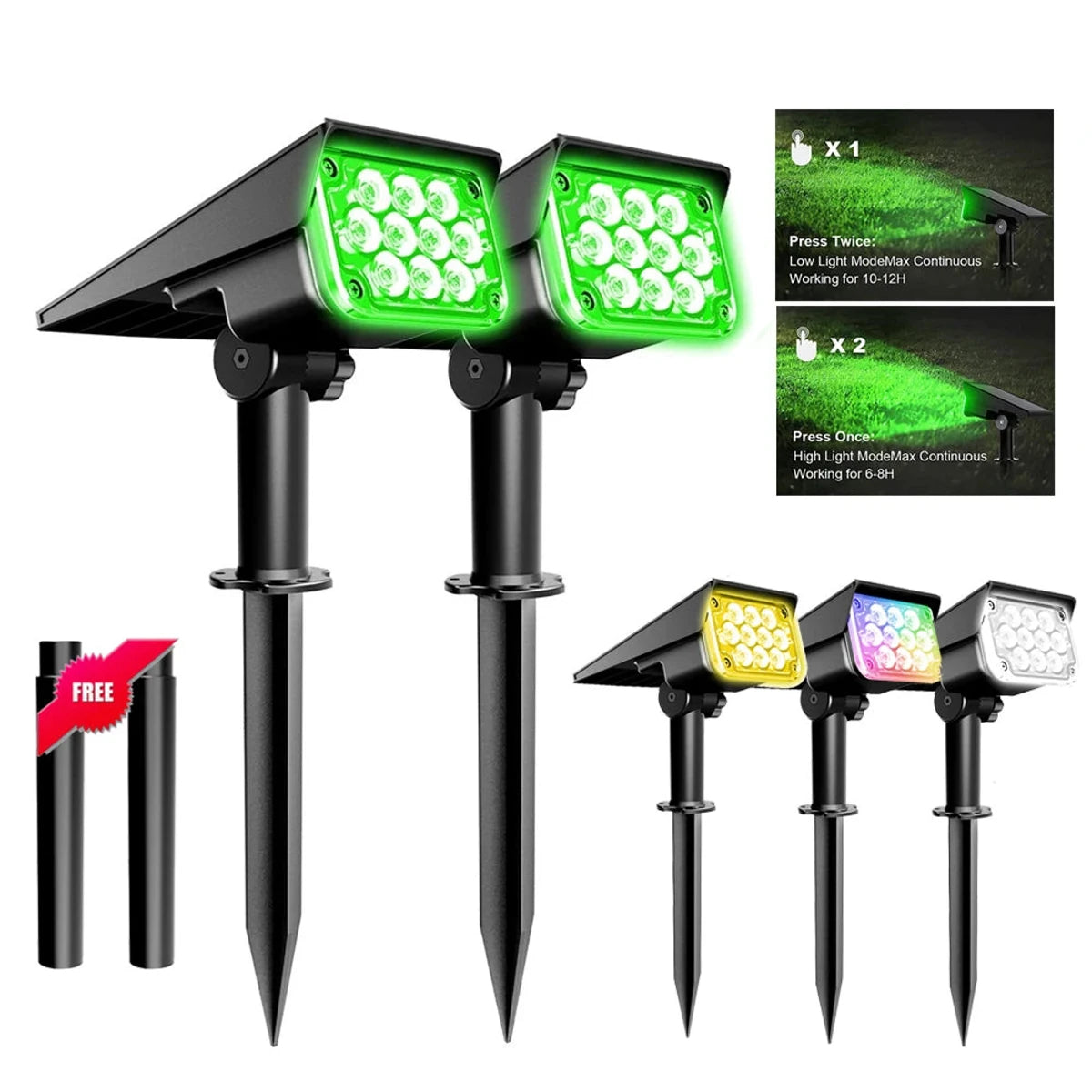 Super Bright Outdoor Solar Spotlight Waterproof Adjustable Color Temperature Garden Light
Super Bright Outdoor Solar Spotlight Waterproof Adjustable Color Temperature Garden LightProjection lights are becoming more popular due to their ease of use and broad coverage. Simply plug them in and point them at a surface to project animated or static images like snowflakes, reindeer, or Santa. They’re a quick solution if you want to add a dynamic element to your display without hanging individual lights.
| Type | Best For | Pros | Cons |
|---|---|---|---|
| String Lights | Trees, Rooflines | Versatile, widely available | Can be time-consuming to install |
| Fairy Lights | Indoor Displays, Small Trees | Delicate, subtle effect | Not very bright |
| Net Lights | Bushes, Shrubs | Easy to install | Limited flexibility |
| Icicle Lights | Rooflines, Gutters | Dramatic, eye-catching | Less versatile |
| Projection | Walls, Large Areas | Easy setup, covers large space | Limited color and design options |
Choosing the Right Type of Lights for Each Area
It’s essential to match the type of lights to the specific area you’re decorating. For example, mini lights work well for small trees and interior spaces, while C9 bulbs or projection lights are better for large, outdoor displays.
- Indoor Use: Choose fairy lights or mini string lights for a cozy atmosphere.
- Outdoor Use: Use larger bulbs like C7 or C9 to withstand weather conditions and be more visible from a distance.
- Garden & Pathways: Net lights or stake lights are ideal for covering shrubs and outlining pathways.
Quick Tip: Always check the UL rating of the lights to ensure they are suitable for indoor or outdoor use. Look for a green UL tag for indoor-only use and a red UL tag for lights rated for outdoor use.
Related Article:
- How to Choose Permanent Christmas Lights?
- How to Choose Battery Operated Christmas Lights?
- How to Choose Christmas Garland with Lights?
- How to Choose Commercial Christmas Lights?
- A Festive Guide About Christmas Bubble Lights
LED vs. Incandescent: Which One Should You Choose?
Colorful C7 Led String Lights 110V/220V Waterproof Shatterproof
The debate between LED and incandescent Christmas lights is a long-standing one. While incandescent lights offer a traditional, warm glow, LED lights have surged in popularity due to their efficiency and durability. Here’s what you need to know:
1. LED Lights
LED lights have revolutionized holiday decorating. They use up to 75% less energy than incandescent bulbs and can last up to 50,000 hours. Although they have a higher upfront cost, the long-term savings in energy bills and replacement costs make them a popular choice.
-
Pros:
- Energy Efficiency: Consume significantly less power, reducing electricity bills.
- Durability: Built with plastic bulbs that are shatter-resistant.
- Color Variety: Available in a wider range of colors and effects.
-
Cons:
- Higher Initial Cost: Can be more expensive upfront.
- Cooler Color Temperature: Some LED lights may have a cooler tone, which might not appeal to those preferring the warm glow of incandescents.
2. Incandescent Lights
Incandescent lights offer a traditional, warm glow that many people associate with Christmas. They’re cheaper upfront but less energy-efficient, which can add up if you’re running a large display.
-
Pros:
- Lower Upfront Cost: Less expensive to buy initially.
- Warm, Soft Glow: Emits a cozy, traditional light.
-
Cons:
- Short Lifespan: Typically last for only 1,000-2,000 hours.
- High Energy Consumption: Uses significantly more power, leading to higher electricity bills.
Which One Is Right for You?
- Choose LED lights if you want a longer-lasting, energy-efficient solution. They’re ideal for large outdoor displays where durability is a concern.
- Choose Incandescent lights if you prefer a softer glow and plan to use them for smaller displays or indoor settings.
Quick Fact: According to the U.S. Department of Energy, switching from incandescent to LED lights can save up to $35 per season for an average household.
Further Reading:
- Maximizing the Benefits of LED Christmas Lights: A Modern Guide for Smart Decor
- Tips for Using Incandescent Christmas Lights
How Many Christmas Lights Do You Need?
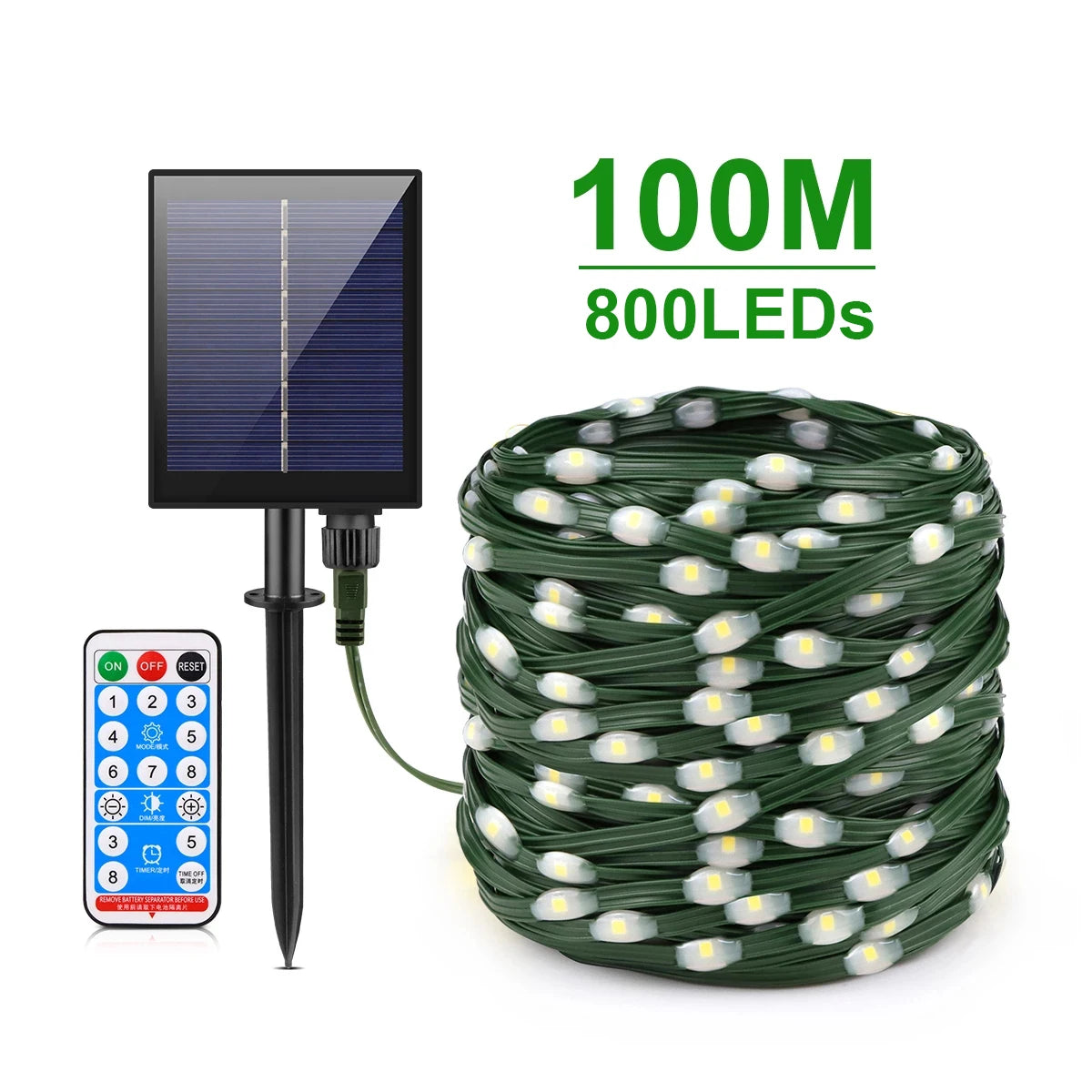 High-Power Solar Outdoor String Lights Leather Christmas Fairy Lights Waterproof
High-Power Solar Outdoor String Lights Leather Christmas Fairy Lights Waterproof
Calculating the right number of Christmas lights can be a bit tricky, but it’s crucial to creating a balanced display. Here’s a step-by-step guide:
1. For Trees:
- Mini String Lights: Use 100 lights per foot of the tree height. For a 6-foot tree, you’ll need around 600 mini lights.
- C7/C9 Bulbs: Use 50 bulbs per foot. A 6-foot tree will require about 300 C7/C9 bulbs.
Pro Tip: If you want a denser look, add an extra 50 lights per foot for trees.
2. For Rooflines:
Measure the length of your roofline in linear feet. Use one C9 bulb every 12 inches for a traditional look. If you’re using string lights, aim for 1 strand per 10 feet of roofline.
3. For Bushes and Shrubs:
Net lights are the best option here. One 4x6 foot net light should cover a medium-sized bush. For larger bushes, consider using two nets to ensure even coverage.
Example Calculation Table:
| Area | Number of Lights Required |
|---|---|
| 6-ft Tree | 600 mini lights / 300 C7/C9 bulbs |
| 20-ft Roofline | 20 C9 bulbs (one every foot) |
| Medium Bush | 1-2 net lights |
Use this table to quickly estimate the number of lights needed for your display.
What Color Christmas Lights Look Best?
Solar Fairy String Lights, LED Outdoor String Lights
Choosing the right color scheme is essential to creating a visually appealing display. The color of your lights sets the mood, complements your overall theme, and can even influence how people feel when they see your decorations. Here’s a breakdown of popular color choices and when to use them:
1. Warm White vs. Cool White: What’s the Difference?
- Warm White: Warm white lights have a soft, yellowish hue, similar to the glow of traditional incandescent bulbs. They create a cozy, inviting atmosphere and are perfect for indoor spaces or classic holiday themes.
- Cool White: Cool white lights have a bluish tint, giving them a crisp, modern look. They’re often used in outdoor displays to create a winter wonderland effect, especially when combined with icicle lights.
Quick Tip: Avoid mixing warm and cool white lights in the same display, as they can clash visually.
2. What is the Most Popular Christmas Light Color?
According to recent surveys by holiday decor retailers, white lights remain the most popular choice for both indoor and outdoor displays. Their simplicity and elegance make them versatile for any theme. However, multicolor lights are gaining popularity, especially for outdoor displays, where they create a more playful and festive appearance.
3. How to Choose the Right Color Scheme for Your Theme?
Consider these popular color schemes for inspiration:
- Traditional Red and Green: Classic and timeless, red and green evoke a strong holiday spirit and are perfect for a traditional Christmas theme.
- Blue and White: A great choice for a Winter Wonderland theme, using a mix of cool white and blue lights can make your home look like a snowy paradise.
- Gold and White: Creates a luxurious and sophisticated atmosphere, ideal for upscale decor.
- Multicolor Lights: Perfect for family-friendly displays, multicolor lights add a touch of fun and whimsy to any setting.
4. Using Color to Create a Dazzling Christmas Display
Understanding color theory can help elevate your light display from ordinary to extraordinary. Here are a few tips:
- Use Contrasting Colors: Combine colors like red and green, or blue and white, to make your display pop.
- Stick to Two Main Colors: Too many colors can overwhelm the senses. Choose one or two main colors and add a third as an accent.
- Coordinate with Your Home’s Exterior: Make sure your light colors don’t clash with the exterior colors of your home. For example, cool white looks better on homes with modern architecture, while warm white suits traditional styles.
Color Comparison Table:
| Color Scheme | Best For | Effect |
|---|---|---|
| Warm White | Indoor trees, mantels | Cozy, inviting atmosphere |
| Cool White | Rooflines, outdoor displays | Modern, crisp look |
| Red and Green | Classic holiday themes | Strong festive impact |
| Blue and White | Winter Wonderland themes | Frosty, icy effect |
| Multicolor | Family-oriented displays | Fun, playful, and vibrant |
Further Reading:
- Christmas Light Color Guide 1
- Christmas Light Color Guide 2
- Lumens to Watts Conversion
- Difference Between Soft White vs. Daylight
- How to Choose Twinkling Christmas Lights?
How Can You Save on Energy Costs?
110V Multicolor G40 Outdoor String Lights Waterproof
With rising electricity costs, running a large holiday display can quickly become expensive. Fortunately, there are several strategies to keep your energy bill under control while still enjoying a beautifully lit home.
1. Why Switch to LED Christmas Lights?
If you haven’t made the switch to LED yet, consider this: LED lights use up to 80% less energy than incandescent bulbs. For a typical home display, this can mean saving $35–$50 per season, according to data from the U.S. Department of Energy.
2. Use Timers to Control Usage
Installing a timer is an easy way to manage when your lights turn on and off. Set your lights to run for 4-6 hours in the evening instead of leaving them on all night. You’ll save energy without sacrificing your display’s impact.
3. Consider Solar-Powered Lights
Solar-powered lights are a great option if your area gets plenty of sunlight during the day. They charge during daylight hours and automatically turn on at dusk. While they may not be as bright as traditional lights, they’re perfect for subtle outdoor decorations like pathway lighting.
4. Compare Energy Consumption of Different Light Types
| Light Type | Energy Usage (Per 100 Bulbs/Season) | Estimated Cost (Per Season) |
|---|---|---|
| LED String Lights | 6-8 kWh | $1-2 |
| Incandescent String Lights | 48-50 kWh | $12-15 |
| Solar-Powered Lights | 0 kWh (Completely off-grid) | $0 |
Quick Fact: If you switch from incandescent to LED lights for a 1,000-bulb display, you could reduce your energy use by over 300 kWh, saving around $45 per season.
5. Best Practices for Energy Savings:
- Turn Off During Daylight Hours: Avoid running your lights when they’re not visible. This simple tip can cut your energy use by up to 50%.
- Use Fewer, Larger Bulbs: Larger bulbs like C7 or C9 can be spaced farther apart, reducing the number of bulbs needed.
- Invest in High-Quality Lights: Cheap lights tend to be less efficient and may not last as long, increasing costs in the long run.
Further Reading:
What Safety Tips Should You Follow for Christmas Lights?
Safety should always be a top priority when setting up your Christmas lights, especially for outdoor displays. Each year, thousands of people are injured due to improper light installations. Here’s how to keep your home safe:
1. Check for Safety Certifications
Always look for the UL (Underwriters Laboratories) label on Christmas lights. This label ensures the lights meet safety standards for indoor or outdoor use. For outdoor lights, the label should be green or red, indicating that they’re tested to withstand rain and snow.
2. Avoid Overloading Circuits
Each circuit in your home can only handle so much electrical load. A typical 15-amp household circuit can support up to 1,800 watts. Exceeding this can trip breakers or even cause fires. To avoid this, calculate your total wattage and distribute lights across multiple circuits if needed.
-
Quick Formula:
Total Wattage = (Number of bulbs) × (Wattage per bulb)
For example, 200 incandescent mini lights (0.4 watts per bulb) would use 80 watts.
3. Use the Right Extension Cords
Choose outdoor-rated extension cords if you’re running lights outside. Avoid using indoor cords, which are not designed to handle moisture and can deteriorate quickly. Also, make sure they’re rated for the total wattage of your lights.
4. Weather-Proofing Your Setup
If you’re using lights outdoors, ensure all connections are weather-proofed to prevent short circuits:
- Use outdoor tape or plastic covers to protect plug connections.
- Plug lights into GFCI (Ground Fault Circuit Interrupter) outlets, which automatically cut off power if moisture is detected.
5. Inspect Lights Annually
Before hanging lights, inspect each strand for frayed wires, broken bulbs, or loose connections. Damaged strands should be discarded immediately. Even a single broken wire can create a potential fire hazard.
Safety Tip: Never connect more than three strands of lights end-to-end. For LED lights, refer to the manufacturer’s instructions, as some can support up to 40 strands.
Further Reading:
What Are Some Creative Christmas Light Display Ideas?
Solar LED Meteor Shower Rain Lights, 30/50cm 192/288 LEDs
Looking to stand out in your neighborhood? Try these creative display ideas to transform your home into a holiday wonderland:
1. Synchronized Light Displays
Using a light show controller, you can sync your lights to music for a spectacular show. Tools like Light-O-Rama or Twinkly Pro make it easy to program your lights to flash, fade, or chase in rhythm with holiday tunes.
2. Themed Displays
Create a themed display like a Winter Wonderland with blue and white lights, snowflake projections, and artificial snow. Or, try a Santa’s Workshop theme with red, green, and gold lights, toy displays, and candy cane pathways.
3. Pathway Lighting
Outline driveways, walkways, or garden beds using stake lights or candy cane-shaped lights. This not only enhances the look but also provides functional lighting for guests.
4. Using Smart Lighting for Dynamic Effects
Consider using smart RGB lights that can be controlled via your phone. These lights can change colors, create patterns, and even be scheduled to turn on and off at specific times.
Further Reading:
DIY or Hire a Professional for Christmas Light Installation?
10/20/30M Smart WIFI RGBIC Eaves Lights Permanent Outdoor Strings Lights
Deciding whether to go the DIY route or hire a professional can be tough. Here's a comparison to help you choose:
| DIY Installation | Professional Installation |
|---|---|
| Cost | Low |
| Time | High |
| Quality | Varies |
| Safety Risk | Medium (Ladders, electrical hazards) |
Choosing between installing your Christmas lights yourself or hiring a professional service depends on various factors like budget, time, and the complexity of your design. Each option has its pros and cons, and understanding them can help you decide which approach suits your needs.
1. Why Choose DIY Installation?
Doing it yourself can be a rewarding experience, allowing you to customize your display exactly as you envision. However, it does come with certain challenges, especially for larger or high-up installations.
-
Advantages:
- Lower Cost: No labor fees, making it the most budget-friendly option.
- Creative Control: You have complete freedom to adjust, tweak, and personalize your display.
- Family Bonding: Installing lights can be a fun activity that brings the family together during the holiday season.
-
Challenges:
- Time-Consuming: Large displays can take several hours or even days to set up.
- Safety Concerns: Climbing ladders and dealing with electrical connections pose potential hazards.
- Limited Expertise: If you’re new to light installations, achieving professional-level results can be difficult.
2. When Should You Consider a Professional Installer?
Hiring a professional lighting service may be worth the investment if you want a high-impact display without the hassle. Most professional services offer comprehensive packages, including design consultation, setup, maintenance, and takedown.
-
Advantages:
- Expert Design: Professionals can create customized, sophisticated displays that would be difficult to achieve on your own.
- Time-Saving: They handle everything from planning to takedown, leaving you more time to enjoy the holidays.
- Safety First: Professionals have the right tools and experience to safely install lights on high roofs, trees, and other challenging areas.
-
Drawbacks:
- Higher Cost: Professional installation can range from $200 to over $1,500, depending on the complexity and size of the display.
- Limited Control: You may have less flexibility to make last-minute changes or personalize the design.
3. Cost Comparison: DIY vs. Professional
| Factor | DIY Installation | Professional Installation |
|---|---|---|
| Average Cost | $50-$200 (depending on lights purchased) | $200-$1,500+ (varies based on project size) |
| Setup Time | 4-10 hours (depending on complexity) | 2-4 hours (typically faster with a team) |
| Safety Risks | Medium (ladders, electrical risks) | Low (trained professionals) |
| Design Flexibility | High | Medium (depends on your input and package) |
| Quality of Setup | Varies | Consistently high |
| Maintenance & Takedown | Self-managed | Included in most packages |
4. Who Should Hire a Professional?
Consider professional help if:
- Your display involves multi-story setups or tricky rooflines.
- You’re aiming for a complex, synchronized light show.
- You don’t have the time, tools, or experience for a safe and effective installation.
Quick Tip: If you want to save on costs but still need a little help, some professional services offer partial setups, where they handle the tricky parts (e.g., rooflines), and you complete the rest.
Common Mistakes to Avoid When Buying Christmas Lights
Even seasoned decorators make mistakes when buying Christmas lights. Here are some of the most common pitfalls to avoid, so you don’t end up wasting money or creating a subpar display:
1. Choosing the Wrong Bulb Size
Bulbs come in different sizes, such as C7, C9, mini lights, and micro dots. Choosing the wrong size can lead to poor visibility or mismatched aesthetics. Larger C7 and C9 bulbs are perfect for outlining rooflines, while mini lights work best for trees and indoor setups.
- Mistake: Using small mini lights for large outdoor trees. They tend to get lost in the foliage.
- Solution: Use C9 bulbs for large outdoor trees to make sure your display is bright and visible from a distance.
2. Not Planning the Layout Before Purchasing
Many people buy lights without considering the dimensions of the area they’re decorating. This often leads to either too many or too few lights, resulting in a mismatched display.
- Mistake: Guessing the number of strands you need instead of measuring first.
- Solution: Measure everything—rooflines, tree heights, shrub dimensions—and calculate how many feet of lights you need before buying.
3. Overlooking Wattage and Electrical Load
Plugging too many lights into a single outlet can lead to power outages or, worse, electrical fires. Each strand of lights has a recommended limit on how many can be connected end-to-end.
- Mistake: Exceeding the wattage capacity of a single outlet.
- Solution: Use a wattage calculator or follow the manufacturer’s recommendations on the maximum number of strands you can safely connect. For larger displays, consider using multiple circuits to distribute the load.
4. Ignoring Quality for Cost
Cheap lights might be tempting, but they often lack durability and can break easily, leading to higher costs in the long run.
- Mistake: Buying low-quality lights just to save a few dollars.
- Solution: Invest in commercial-grade or heavy-duty lights if you plan to use them for several seasons. They are often more durable, weather-resistant, and provide better performance.
5. Forgetting About Proper Storage Solutions
Improper storage can lead to tangled wires, broken bulbs, and hours of frustration when the next holiday season rolls around.
- Mistake: Tossing lights into a box without organizing them.
- Solution: Use a light reel or wrap each strand around a piece of cardboard to prevent tangling. Store them in a cool, dry place to avoid damage from moisture or extreme temperatures.
Avoid These Mistakes to Create a Flawless Display:
| Mistake | Impact | Solution |
|---|---|---|
| Wrong Bulb Size | Poor visibility, inconsistent look | Choose bulb size based on use case (e.g., C9 for rooflines) |
| No Layout Plan | Incomplete or overstocked lights | Measure first and calculate length requirements |
| Overloading Circuits | Tripped breakers, potential fire hazards | Distribute lights across multiple outlets |
| Low-Quality Purchases | Break easily, poor performance | Invest in commercial-grade lights |
| Improper Storage | Tangled wires, damaged bulbs | Use reels or wrap lights around cardboard |
Quick Tip: Label your light strands before storing them, noting where each strand was used (e.g., “Front Porch,” “Tree 1”) to make setup easier next year.
FAQs About Christmas Lights
1. Can you mix LED and incandescent lights?
No, it’s not recommended to mix LED and incandescent lights in the same circuit. They have different electrical requirements and brightness levels, which can result in uneven lighting or damage to the bulbs.
- Solution: Stick to one type per circuit. If you want both types in your display, run them on separate outlets.
2. How long do Christmas lights last?
The lifespan of Christmas lights depends on the type:
- LED Lights: Up to 50,000 hours or more, which translates to 10-15 years of use.
- Incandescent Lights: Typically last 1,000-2,000 hours, or about 1-3 holiday seasons.
3. What are the best lights for large outdoor trees?
For large outdoor trees, C7 and C9 bulbs are the best choice. They’re bright, visible from a distance, and come in a variety of colors. If you want a more subtle look, consider using mini string lights but add more strands to ensure coverage.
4. What Christmas lights do professionals use?
Professionals typically use commercial-grade LED lights for their durability and energy efficiency. These lights are designed to withstand harsh weather conditions and provide bright illumination. They often come in various styles, including C7 and C9 bulbs, and can be customized for larger displays. Professionals also prefer lights that allow for easy installation and maintenance.
5. Can you leave Christmas lights on all night?
It’s best to use a timer to turn your lights off after 4-6 hours. This reduces energy consumption and prevents overheating, especially with incandescent lights.
6. How do you store Christmas lights to prevent tangling?
Use a light storage reel or wrap each strand around a piece of cardboard. Store them in a cool, dry place, and avoid putting heavy objects on top to prevent damage.
7. What is the difference between C5 and C6 Christmas lights?
C5 and C6 Christmas lights differ mainly in size and design. C5 bulbs are about 1 inch tall and have a rounded shape, often used for smaller displays or on trees. C6 bulbs, on the other hand, are slightly larger at about 1.25 inches and have a strawberry shape, making them popular for more prominent decorative features, like outlining rooftops or larger trees.
8. What is the difference between C7 and C9 Christmas lights?
The primary difference between C7 and C9 lights lies in their size and wattage. C7 bulbs are about 1.5 inches tall and typically use 5 watts per bulb, making them ideal for smaller displays. C9 bulbs are larger at around 2 inches tall and generally use 7 watts per bulb, offering greater brightness and coverage, making them better suited for outdoor and larger residential displays.
Further Reading:
- Top 10 Reasons to Choose C9 Christmas Lights
- How to Choose C7 Christmas Lights?
- Christmas Light Bulbs: Choosing and Using
9. What are the old school Christmas lights called?
The old school Christmas lights are commonly referred to as incandescent Christmas lights. They feature larger bulbs, such as C7 and C9 sizes, and often have a traditional, nostalgic appearance. These lights were the standard for many years but are being phased out in favor of more energy-efficient options like LED lights.
10. Are Christmas lights AC or DC?
Most traditional Christmas lights operate on AC (alternating current), especially when plugged into standard wall outlets. However, some LED Christmas lights can operate on DC (direct current), especially those powered by batteries or solar panels. It’s essential to check the specifications of the lights to determine their power type.
Related articles:









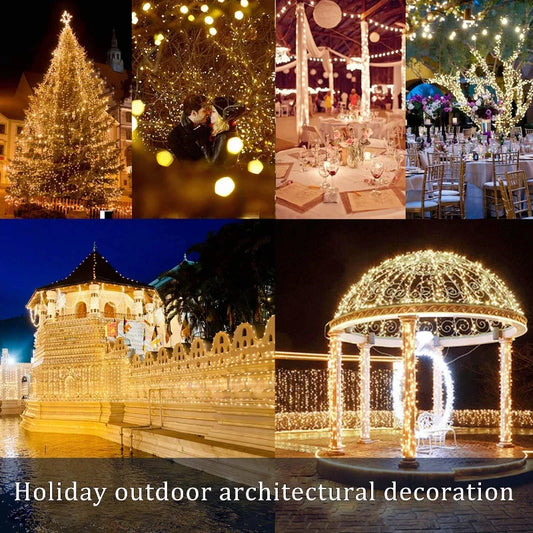

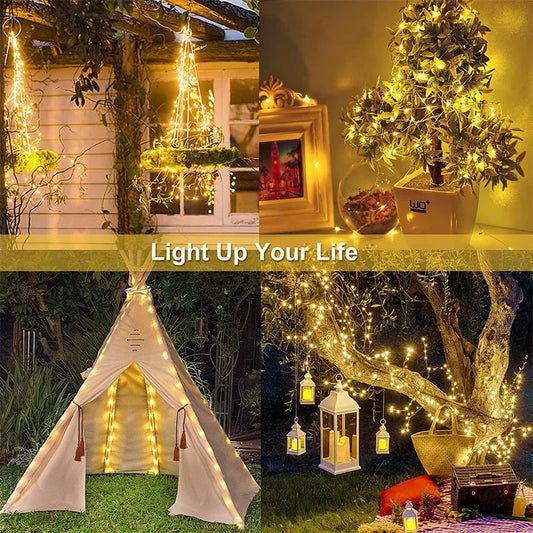

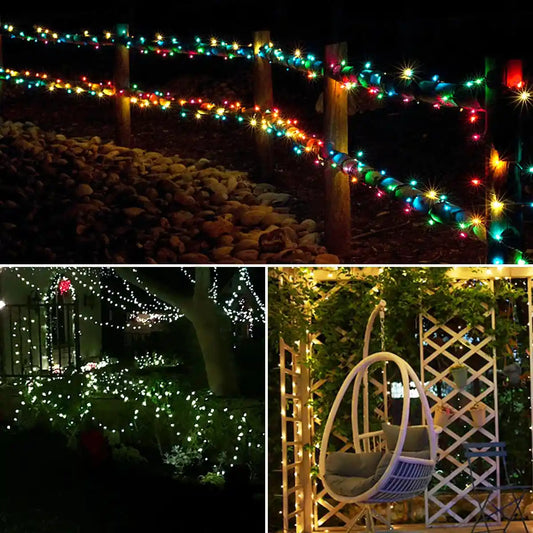

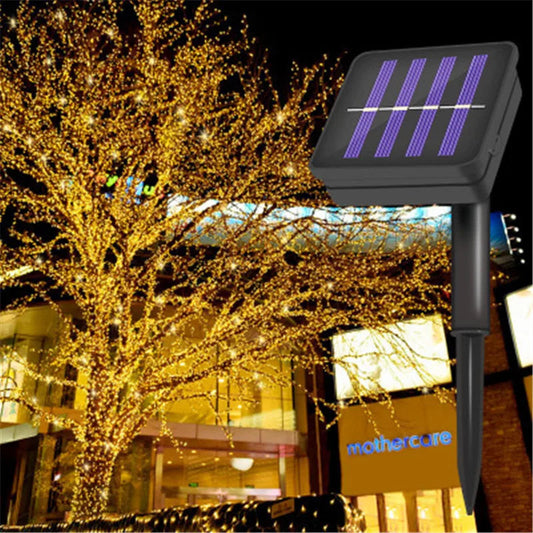

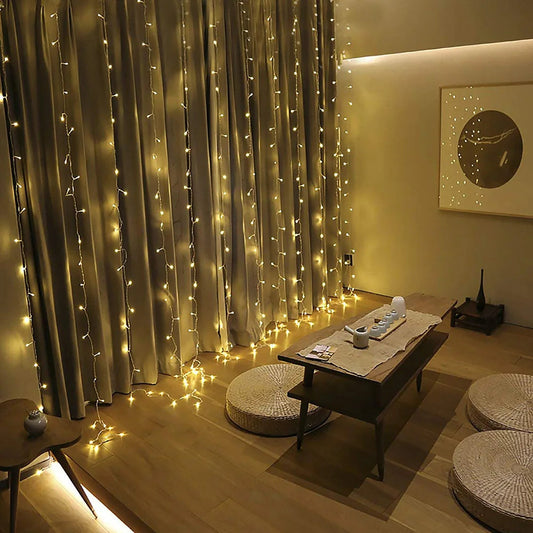

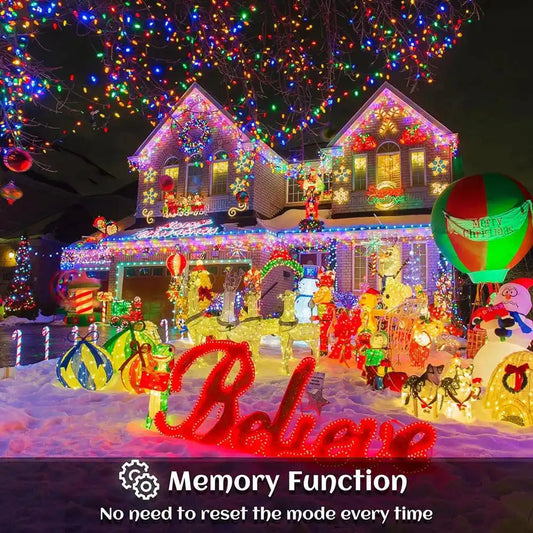

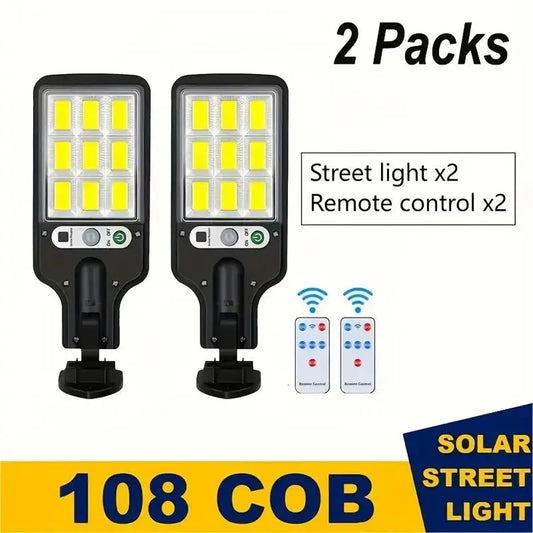

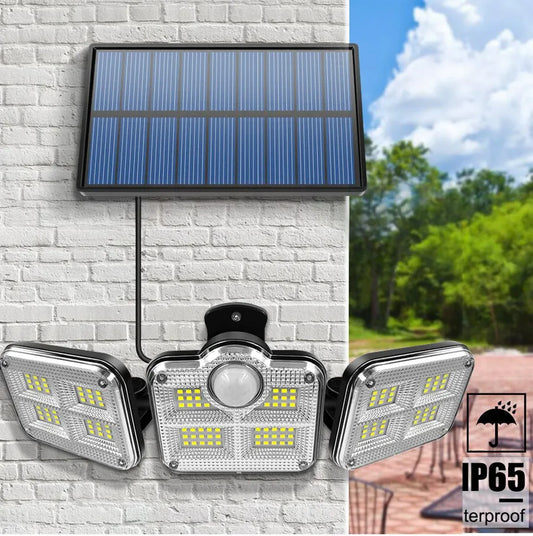

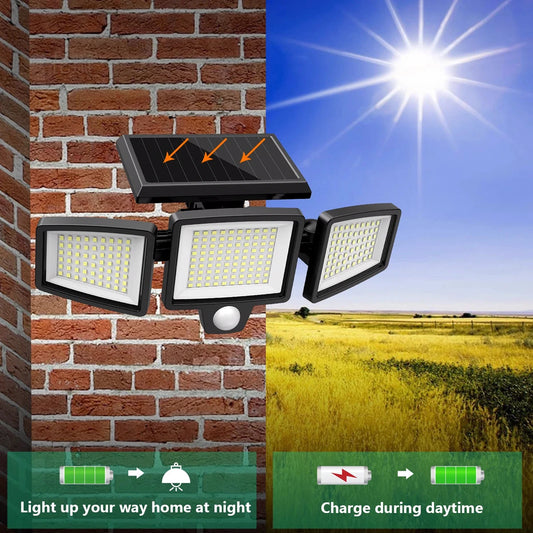

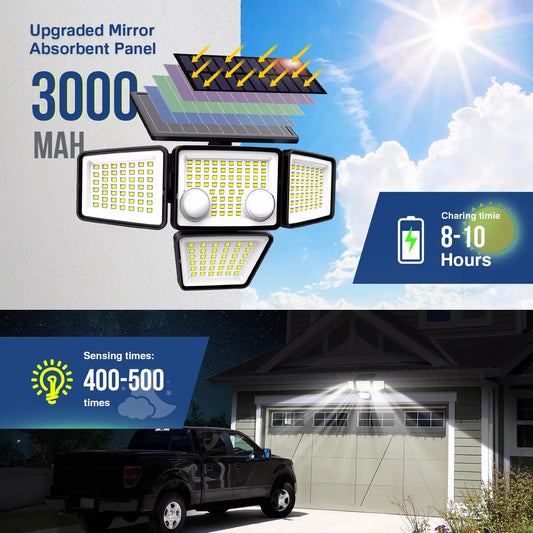

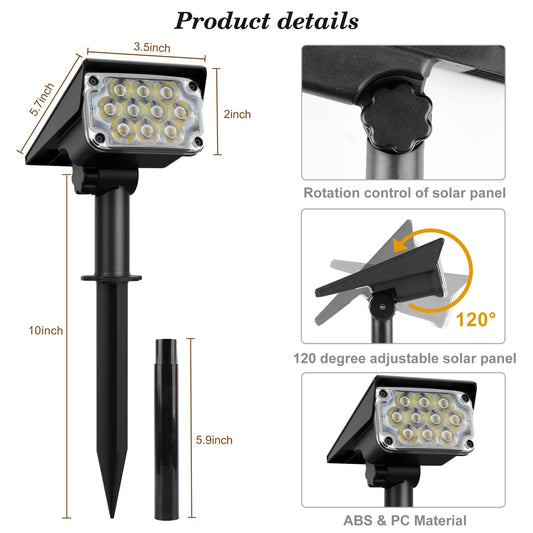





 />
/>
 />
/>
 />
/>
 />
/>
 />
/>
 />
/>
 />
/>